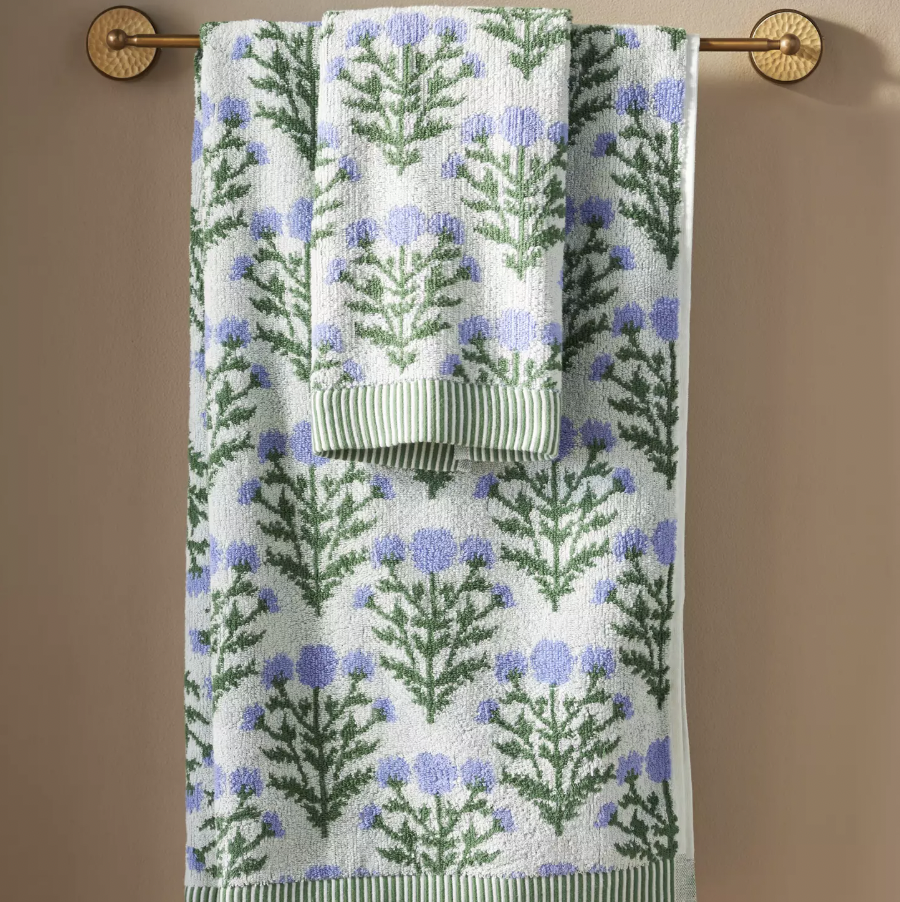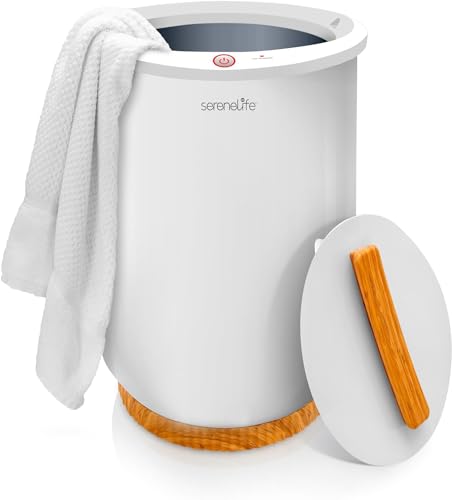5 Problems With Heated Towel Rails People Never Talk About — And Whether They're Worth It in a Bathroom
A toasty towel at the end of your shower is like wrapping yourself in a warm hug, but heated towel rails can have a host of hidden problems that aren't so comforting
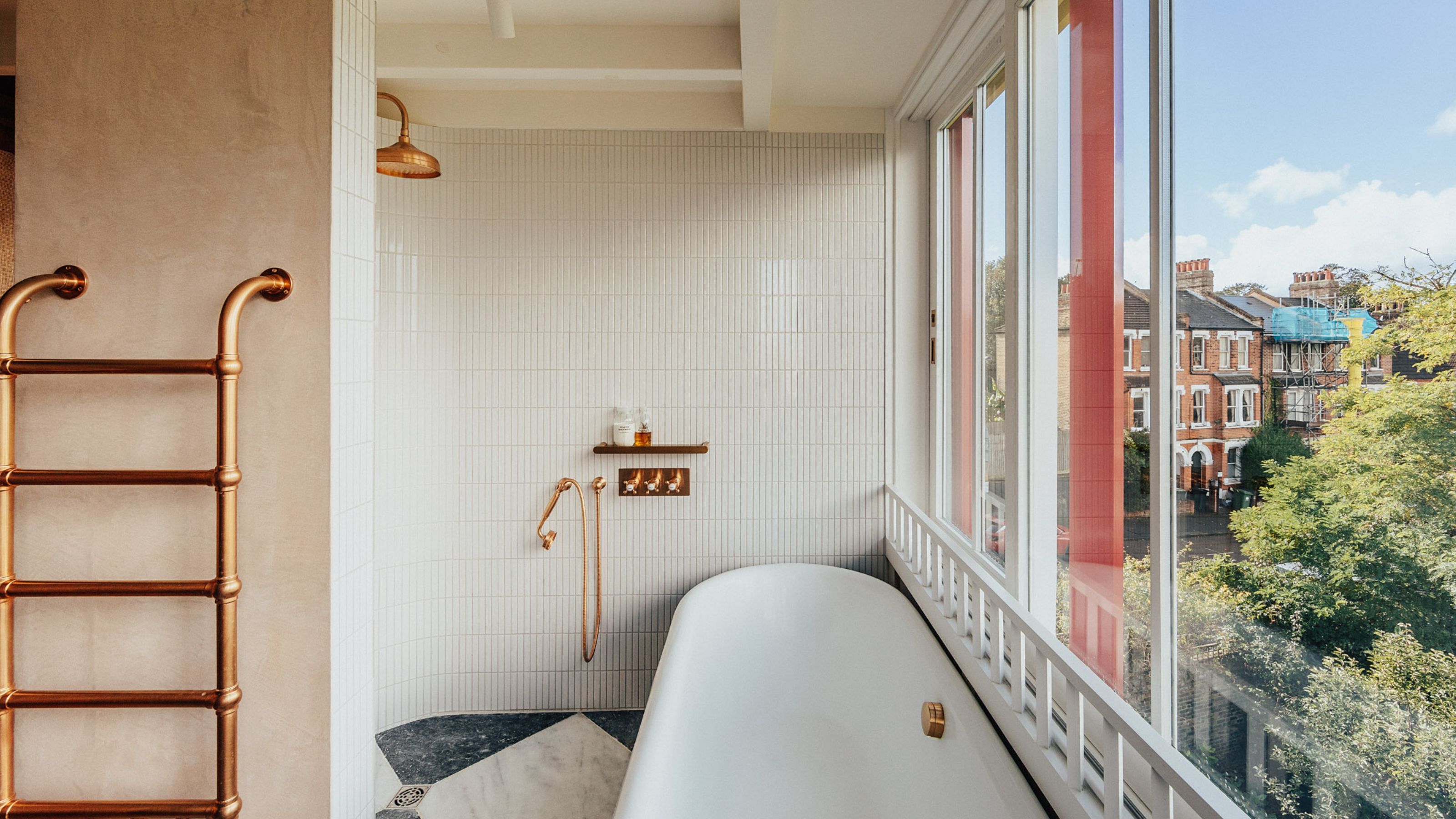

There's nothing quite like stepping out of the shower or bath and into a toasty warm towel, especially during the cooler months of the year. Of course, in order to make that spa-like experience a reality, you need a heated towel rail, and while this functional bathroom addition is pretty ubiquitous, they come with a host of potential problems that are rarely discussed.
The best modern bathroom ideas bridge style and functionality, and heated towel rails achieve that so successfully that they've surpassed trend status to become permanent additions in our homes. “Heated towel rails are a stylish and practical way to gently heat a bathroom, combining efficient heating, functionality, and style in a single fixture," explains Jeevan Seth, CEO of bathroom specialist JTP. Available in a host of styles, colors, and finishes, modern options offer sleek and elegant designs that bring warmth and comfort to your bathroom.
And yet, they're not always an efficient way to heat a space. Worse still, the need for regular servicing and upkeep can quickly turn this self-care sanctuary space into a more nightmarish reality. To help you decide on whether it's the right heating option for you, we've listed the common problems with heated towel rails that aren't spoken about enough. Here's what to look out for, alongside our verdict on the best way to really heat your bathroom.
1. They Typically Won't Heat Your Whole Bathroom
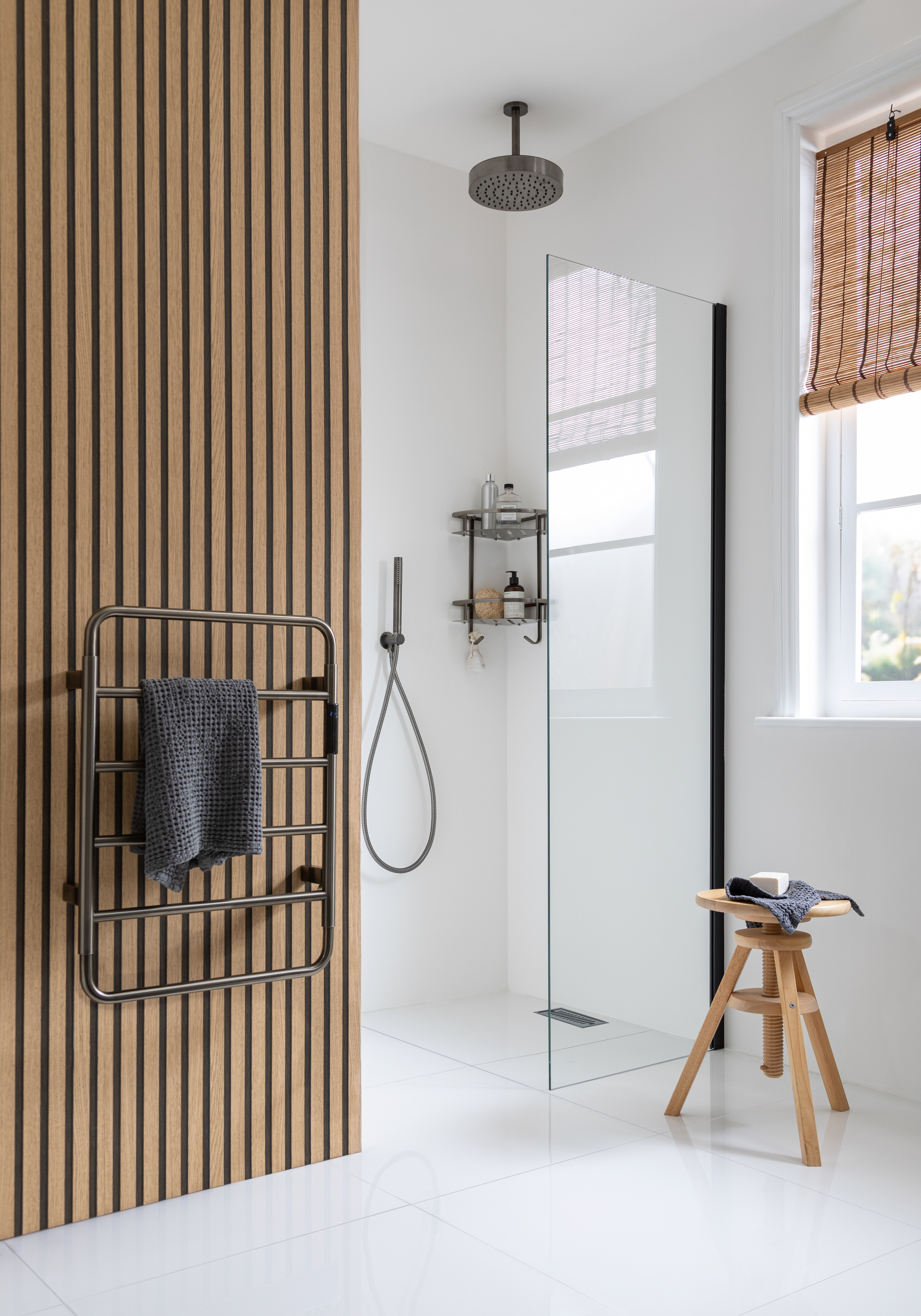
Choose sleek towel rails that don't impose on your bathroom space
For a lot of us, our towel rail is the only form of heating in our bathroom, and they generally don't provide the same heat output as traditional radiators. That's compounded even further when we (inevitably) use them as a permanent towel storage option, making them an even less effective heat resource.
"A heated towel radiator’s primary aim is too warm or dry your towels and if they are doing that, then often the heat sourced is blocked from heating the rest of the room," explains Louise Ashdown, Head of Design at West One Bathrooms. To keep your space warm throughout the cooler months, you'll need to look at other heating options to run alongside your heated towel rail.
Then there's the fact that heated towel rails are often disproportionately sized compared to the blueprint of the bathroom. Richard Eaton, Senior Design Manager at bathroom specialist, Tissino, recommends working out the minimum BTU (heat output in British Thermal Units) to heat your space in order to find the right fit for your space.
"It isn’t a simple calculation, which is why there are many online tools that can help you to do this properly," he says. "They will ask for the dimensions of your room, any windows and their size, the insulation of the property, and what rooms are around the room you are looking to heat." From there, you can choose the right heated towel rail size to actually heat your room effectively.
2. Some Models Can Take a Long Time to Heat Up
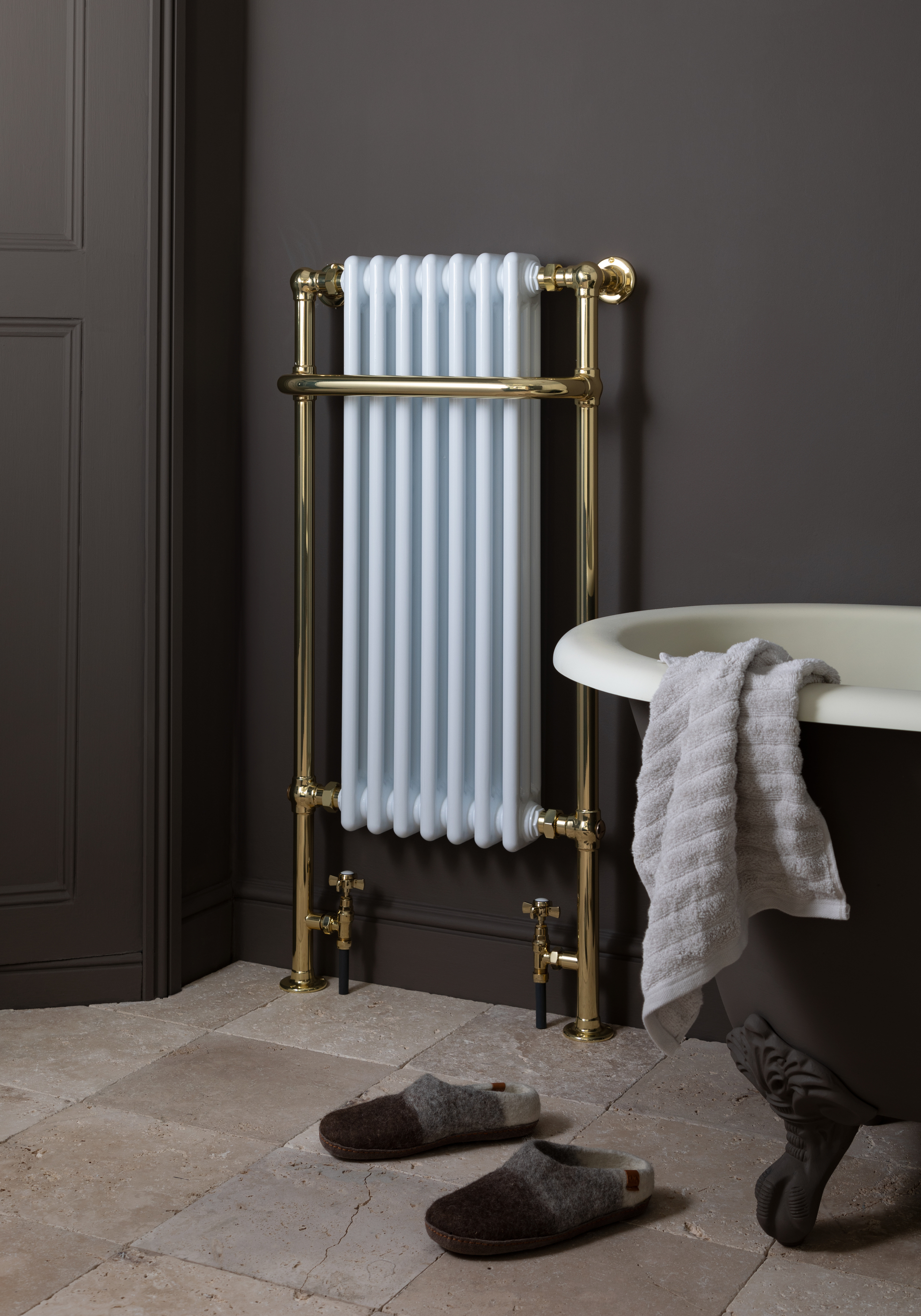
When it comes to towel rails, choose a finish that matches your other bathroom fittings
Generally, heated towel rails are a cost-effective way to warm up your towels and keep your bathroom at an ambient temperature, but certain models can take a long time to heat up. This is especially true for old heated towel rails, so if you're due a bathroom remodel, consider making a new towel rail a top priority.
You'll also need to think carefully about the type of heated towel rail you install. While electric towel rails will warm up relatively quickly, a hydronic or liquid-filled rail may take more towards an hour to reach its optimum temperature, meaning it will take longer to dry your towels if you haven't already preheated your rail.
3. They Can Corrode Easily
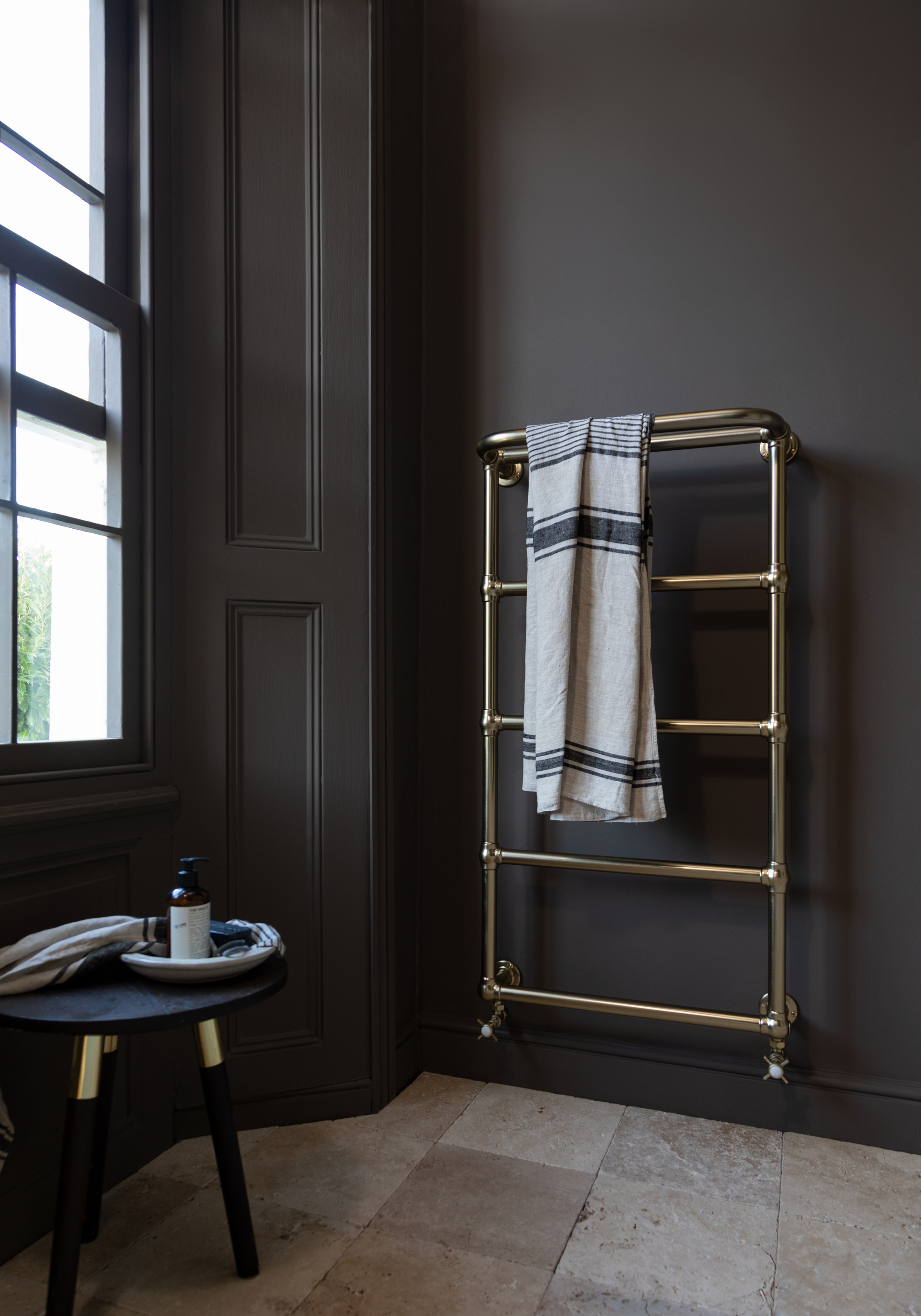
Prevent rust and leaks by maintaining your towel rail properly
As with any bathroom appliance, towel rails are prone to corrosion. "In humid bathrooms, lower quality towel radiators may be especially prone to rust or corrosion over time," notes Louise. The moist environment of this steamy space can easily lead to rust if you don't ventilate your bathroom properly, and — worst still — a corroded towel rail can then lead to leaks.
When buying bathroom towel rails, look for durable materials like stainless steel and avoid chrome plating, which wears down more easily.

Richard has 13 years’ experience in the kitchen and bathroom industry. Before joining the team at Tissino, he was a product manager at PJH for six years. He's also worked for Ultra Finishing, Faith Furniture and Mark Two Distributors.
4. Wall-Mounted Designs Won't Work in Every Space
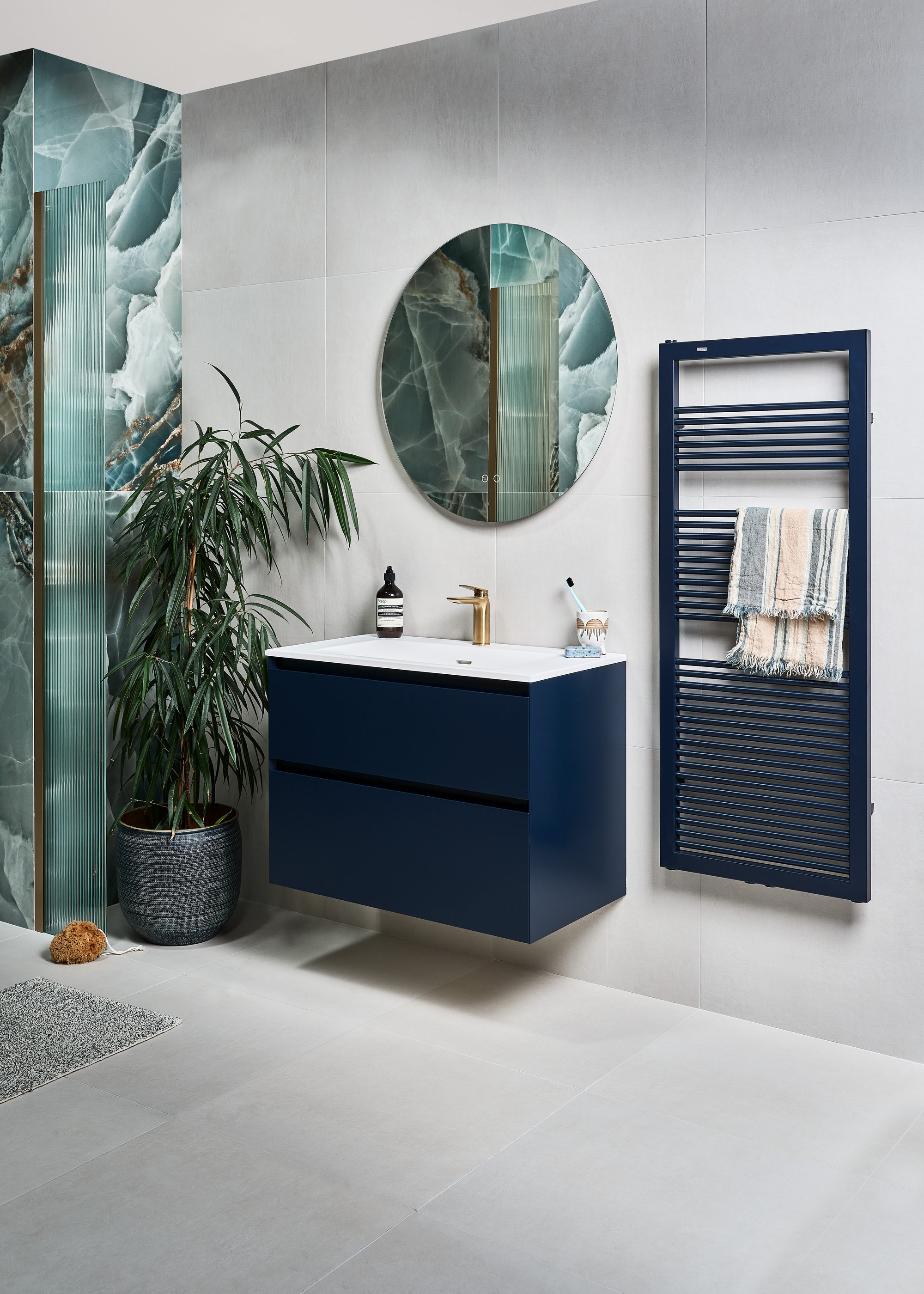
Consider smaller, space-saving solution in smaller bathrooms, or go narrow with your towel rail
If you have a small bathroom, finding space for a heated towel rail might prove challenging. Wall-mounted designs are far more sleek than they once were, but they are still a bulky, heavy appliance that needs careful positioning and professional installation, taking into account all the hidden plumbing and electrics behind you wall.
For more limited spaces, a freestanding heated towel rail like this one from Dunelm that can be moved around as necessary might be more appropriate. Or, try a compact plug-in towel warmer like this one, from Amazon, which can be set-up as needed so it doesn't impose on your bathroom's real estate.
5. They Often Require Extra Maintenance
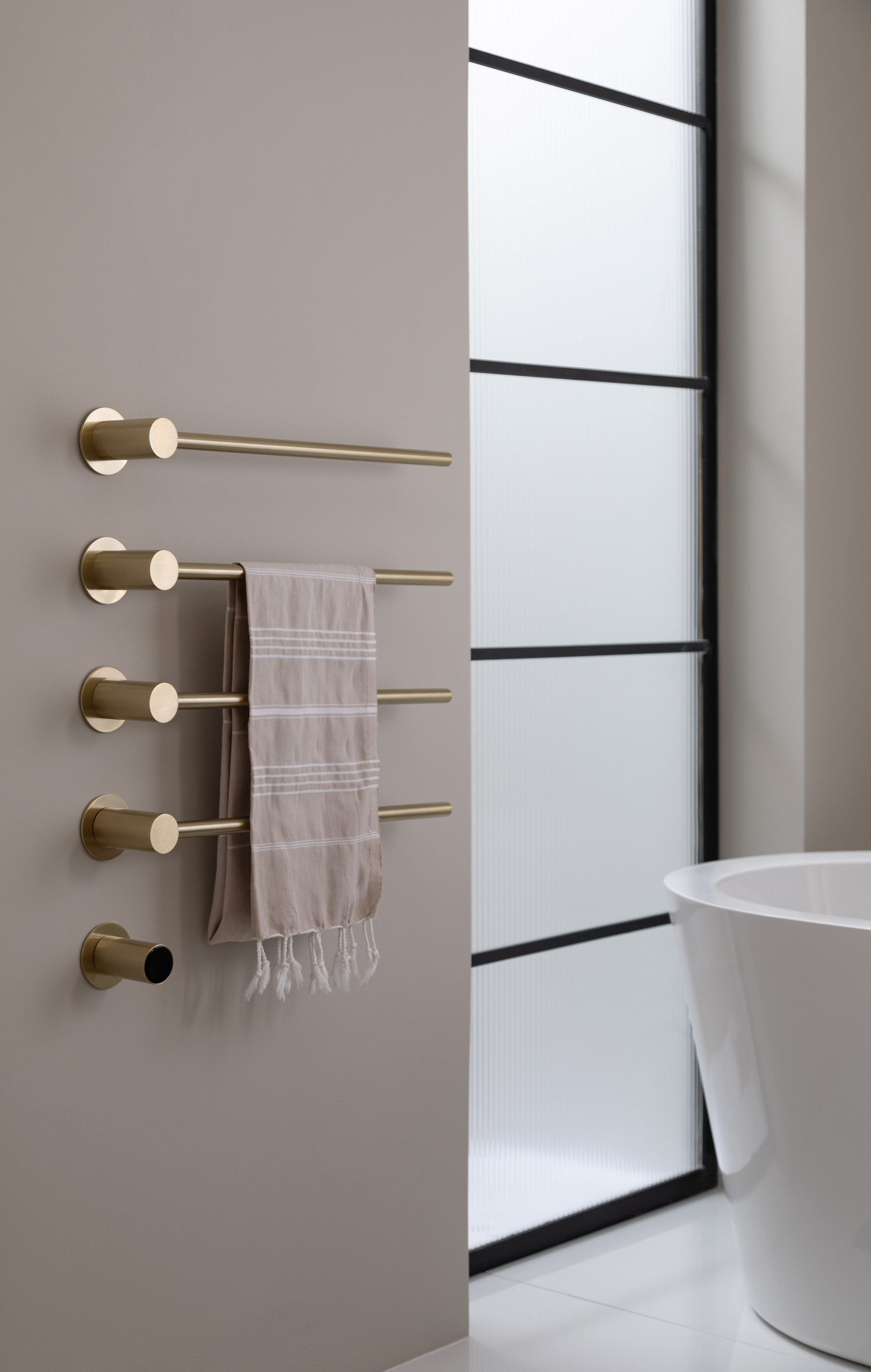
Be sure to hang your towels properly so that they dry evenly
Louise notes that, like any appliance, a towel-warming rail needs maintenance. Without regular upkeep, you might encounter an airlock in the system, which can cause uneven heat distribution and may manifest as a gurgling sound when switched on. Similar to radiators, these heat sources will need bleeding to prevent air from becoming trapped in the rail.
In the case of electric models, another reason your heated towel rail isn't working properly could be a result of the heating element wearing down. If so, you'll need to replace the element. Alternatively, you might have a build-up of sediment within the pipes which will need flushing out. Regular inspection and season maintenance will prevent these problems occurring and reduce the chance of costly repairs further down the line.
Jeevan Seth is the CEO of JTP. He leads with a vision to revolutionize the bathroom industry through innovation, quality, and design excellence. With 17 years of experience in the sector, he has a deep understanding of market trends, customer needs, and the evolving landscape of bathroom solutions.
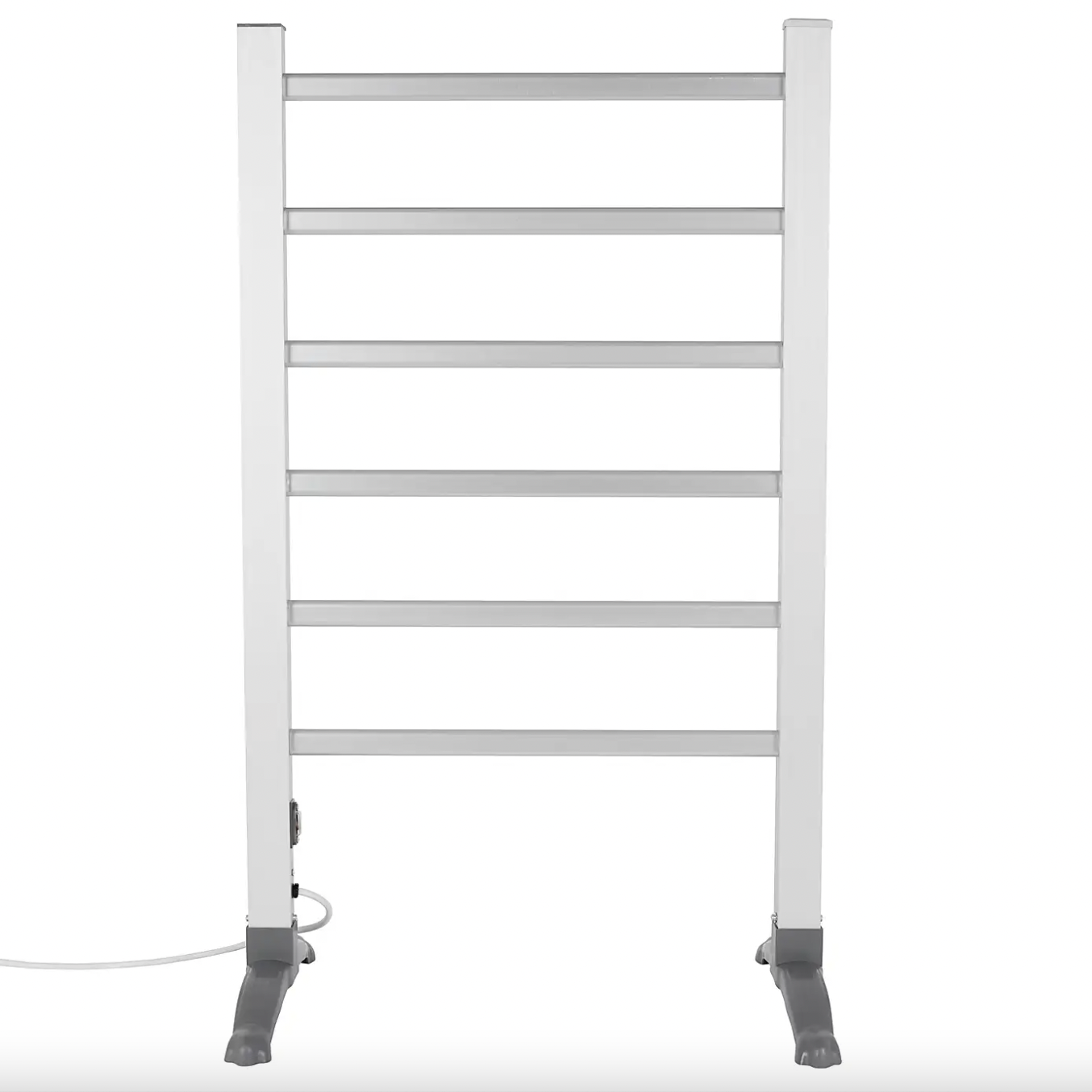
Price: £40
Height: 91cm
A freestanding towel rail like this one can be set up inside your bathroom as needed, perfect for smaller bathrooms that don't allow for a permanent wall-mounted option.
FAQs
How Long Should a Heated Towel Rail Last?
Heated towel rails aren't the easiest appliances to install (or the cheapest), so you'll want to make sure you invest in a model that will last a significant amount of time.
As with all appliances, the better you look after your towel rail, the longer it will serve you. "A high-quality heated towel rail will last ten to 20 years, depending on factors such as material, usage and maintenance," says Jeevan Seth at JTP. "Proper maintenance is essential, such as bleeding regularly to prevent trapped air, and wiping down frequently to prevent rust or corrosion."
What's the Best Way to Heat a Bathroom?
In colder climes, you can't rely on a heated towel rail to solely heat your bathroom. They are afterall only intended to warm and dry your towels.
It's a good idea to remove dry towels when they're not in use and pair with other heating sources like underfloor bathroom heating. "While underfloor heating isn’t an absolute must, it can make a real difference in a bathroom by delivering consistent warmth, eliminating cold spots, and boosting comfort — especially in the colder months," says Louise. "It’s also a fantastic option if you’re opting for a wet room-style bathroom, as it helps to dry up any excess water quickly."
Heated towel rails are one life's small luxuries, but their hidden issues shouldn't be overlooked. With regular servicing, maintenance, and proper placement, they'll ensure your bathroom is the spa-like self-care sanctuary that you deserve. But, as far as heating your space is concerned, they shouldn't be relied upon alone.
Be The First To Know
The Livingetc newsletters are your inside source for what’s shaping interiors now - and what’s next. Discover trend forecasts, smart style ideas, and curated shopping inspiration that brings design to life. Subscribe today and stay ahead of the curve.

Lilith Hudson is a freelance writer and regular contributor to Livingetc. She holds an MA in Magazine Journalism from City, University of London, and has written for various titles including Homes & Gardens, House Beautiful, Advnture, the Saturday Times Magazine, Evening Standard, DJ Mag, Metro, and The Simple Things Magazine.
Prior to going freelance, Lilith was the News and Trends Editor at Livingetc. It was a role that helped her develop a keen eye for spotting all the latest micro-trends, interior hacks, and viral decor must-haves you need in your home. With a constant ear to the ground on the design scene, she's ahead of the curve when it comes to the latest color that's sweeping interiors or the hot new style to decorate our homes.
-
 These Are the Flower Crowns I’m Wearing This Spring (Spoiler: They’re Actually for My Door)
These Are the Flower Crowns I’m Wearing This Spring (Spoiler: They’re Actually for My Door)Coachella confirmed the comeback of flower crowns. At home, they just go by another name: the spring wreath
By Julia Demer
-
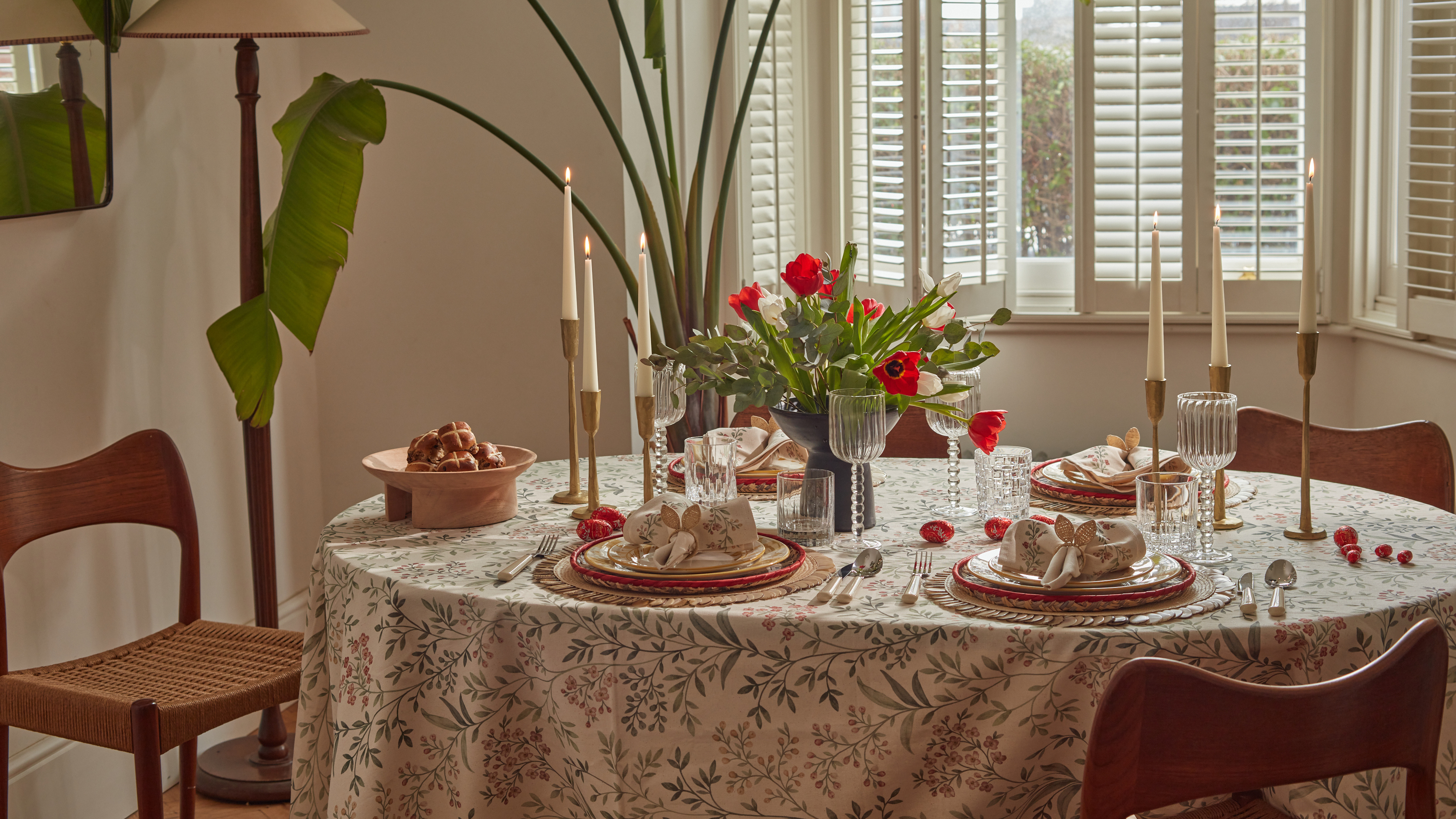 Bunny Ears, Be Gone — 7 Easter Table Styling Mistakes That Will Take Your Setting from Tawdry to Tasteful
Bunny Ears, Be Gone — 7 Easter Table Styling Mistakes That Will Take Your Setting from Tawdry to TastefulFrom fussy floral displays that disrupt conversation to over-relying on tacky tropes, don't fall victim to these errors when decorating your Easter table
By Lilith Hudson
-
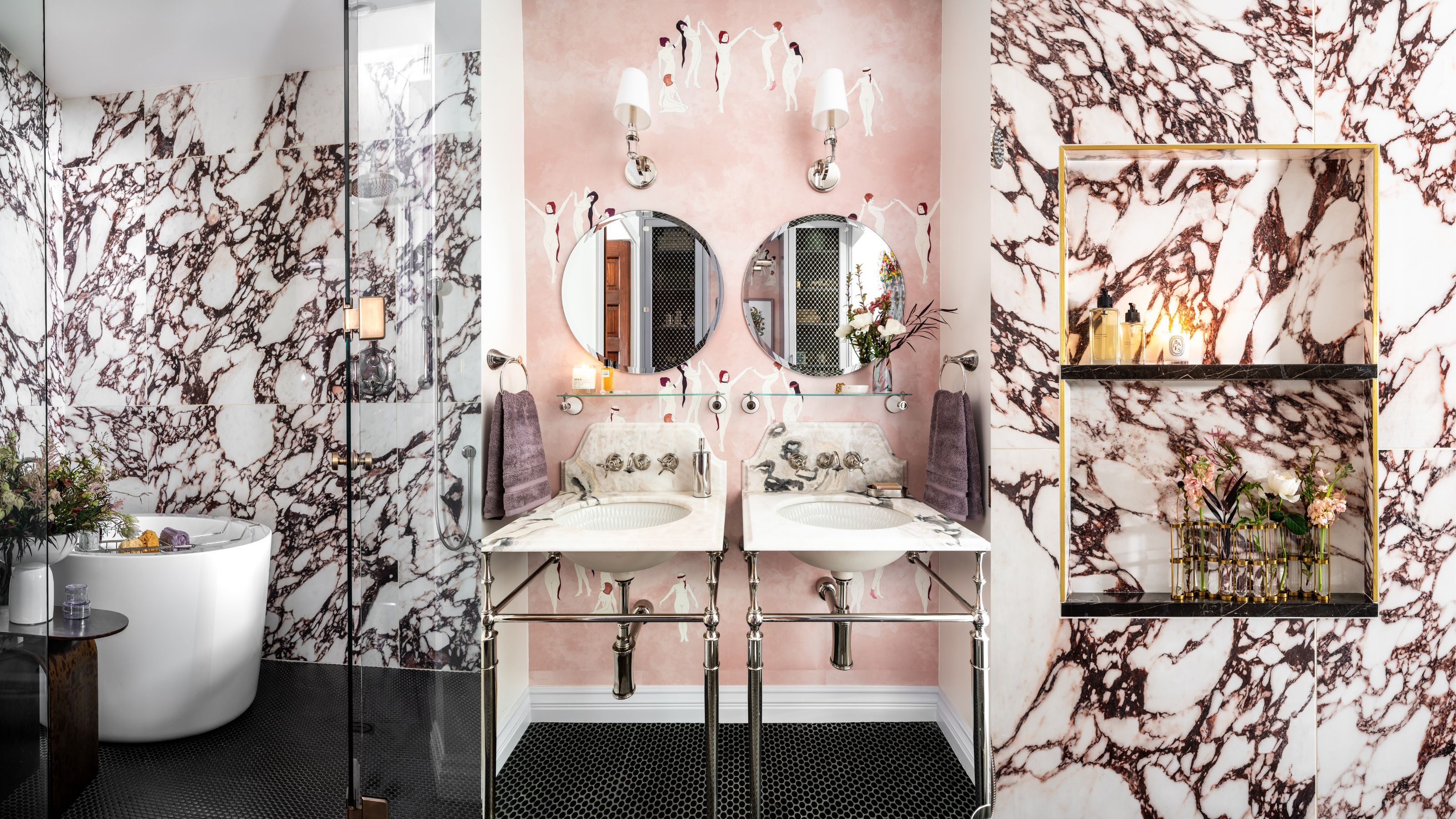 Before and After — How This Jewel-Box Bathroom Made the Most of Its Proportions With Maximalist Design and a 'Soaking Tub'
Before and After — How This Jewel-Box Bathroom Made the Most of Its Proportions With Maximalist Design and a 'Soaking Tub'This design offers a masterclass on creating a luxurious bathroom that is equally playful and elegant.
By Maya Glantz
-
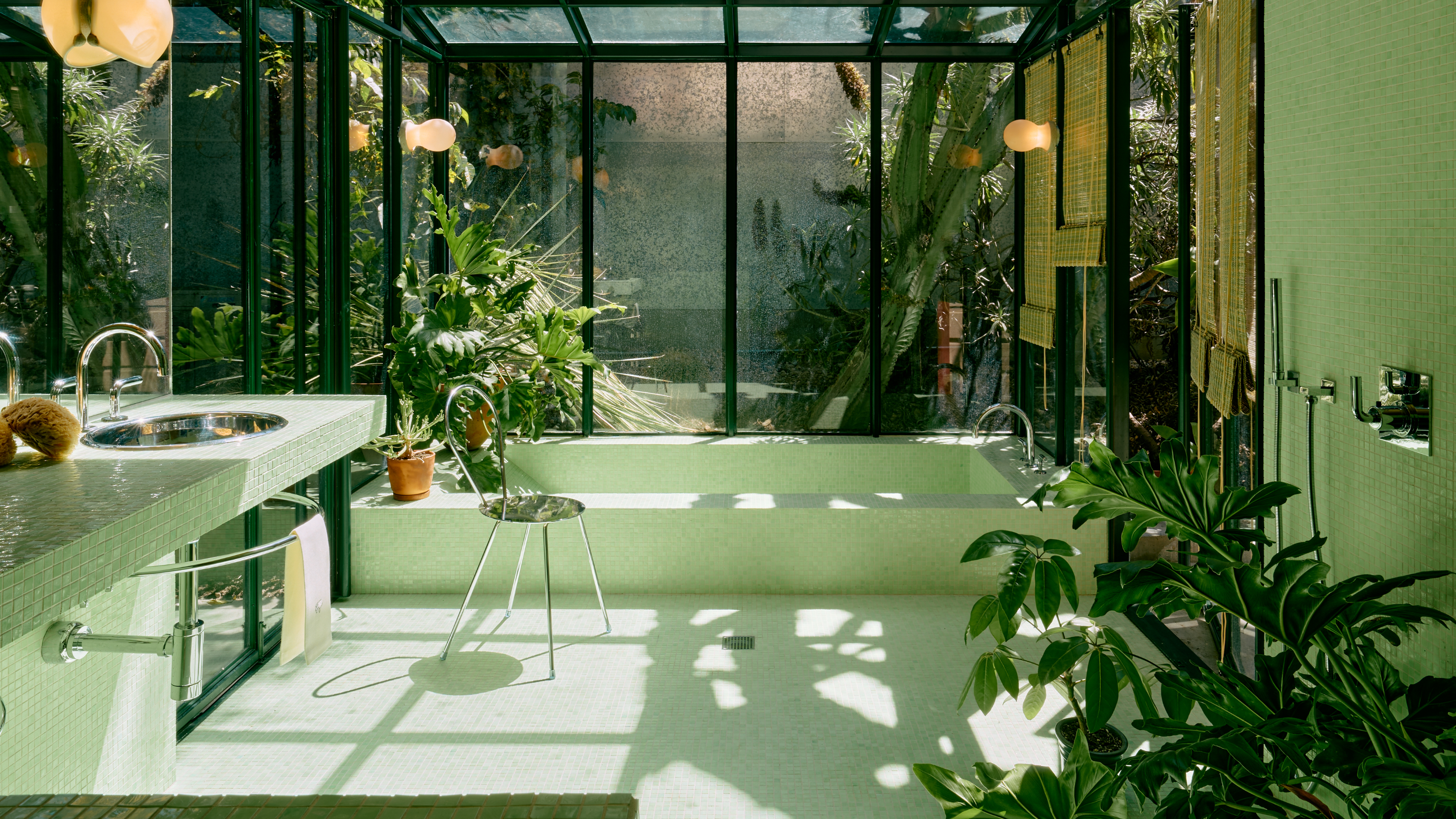 5 Colors You Should Never Paint Your Bathroom — The Boring, Overstimulating, and Dating Shades These Designers Avoid
5 Colors You Should Never Paint Your Bathroom — The Boring, Overstimulating, and Dating Shades These Designers AvoidWe're here to save you from the trap of a bad-taste bathroom. Listen to the experts, and stay away from these shades. You've been warned!
By Maya Glantz
-
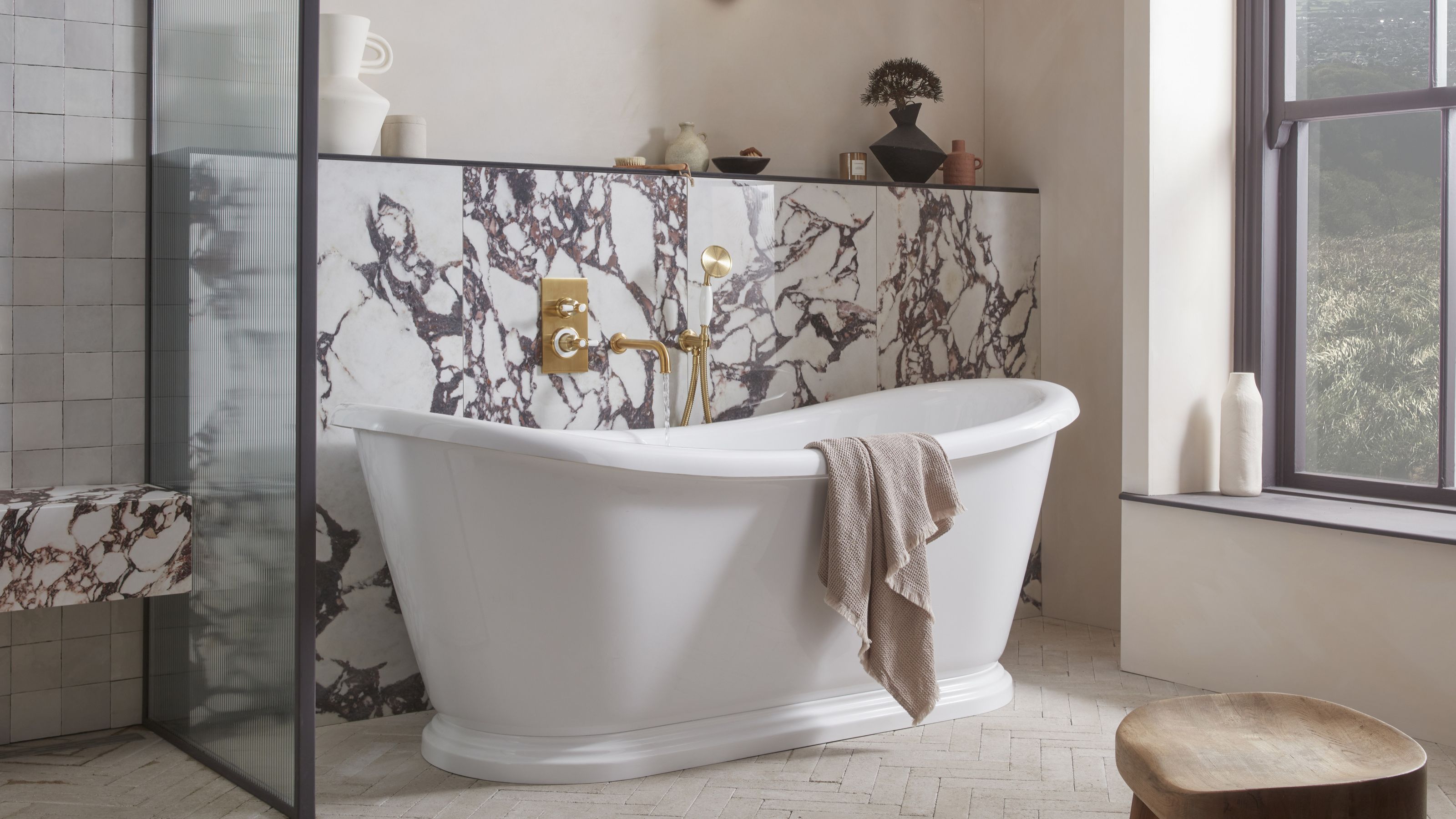 5 Bathroom Layouts That Look Dated in 2025 — Plus the Alternatives Designers Use Instead for a More Contemporary Space
5 Bathroom Layouts That Look Dated in 2025 — Plus the Alternatives Designers Use Instead for a More Contemporary SpaceFor a bathroom that feels in line with the times, avoid these layouts and be more intentional with the placement and positioning of your features and fixtures
By Lilith Hudson
-
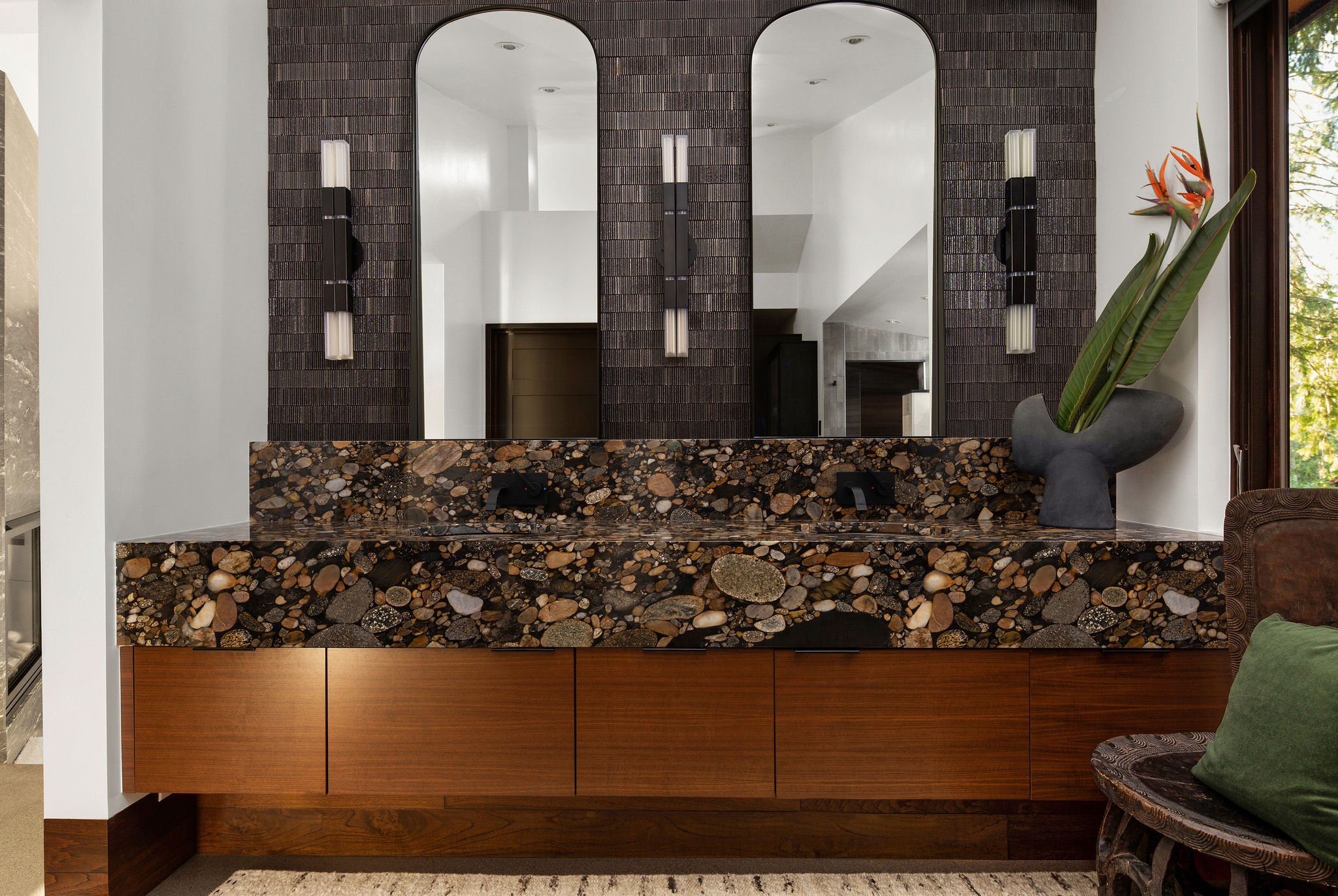 How to Make a Bathroom Look More Expensive — 5 Simple Upgrades That Will Elevate Your Space Instantly
How to Make a Bathroom Look More Expensive — 5 Simple Upgrades That Will Elevate Your Space InstantlyIf you're on a mission to create an elevated, luxe-feel bathroom on a budget, our experts are here to help
By Maya Glantz
-
 Orchids in a Bathroom? This Plant Stylist Has a Clever Trick for Bringing This Beautiful Bloom Into the Space
Orchids in a Bathroom? This Plant Stylist Has a Clever Trick for Bringing This Beautiful Bloom Into the SpaceIf you're looking for inspiration to create a wellness-inspired bathroom, this clever DIY should be on your mood board. Spoiler alert: it features orchids.
By Amiya Baratan
-
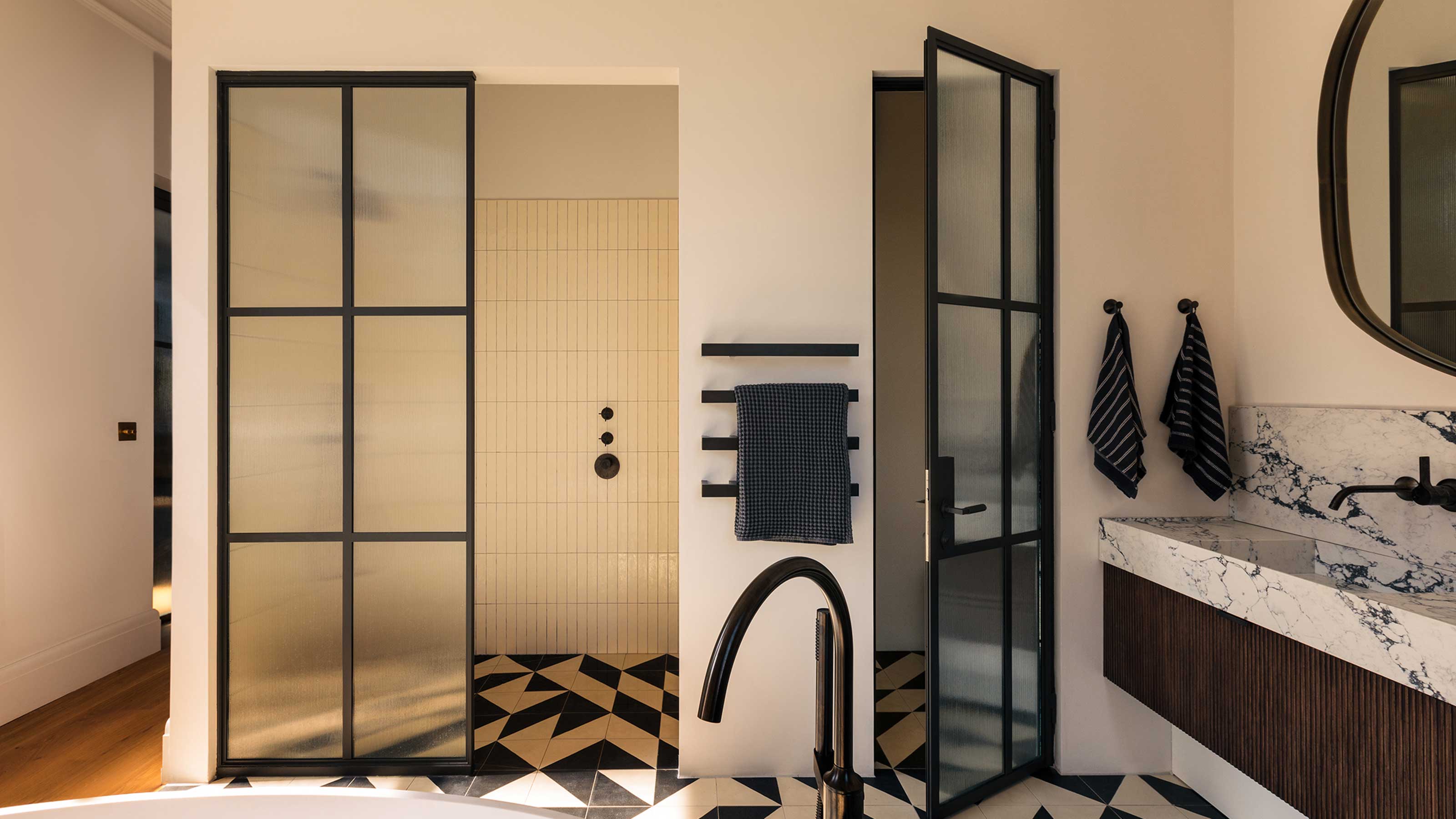 7 Ideas of What to Do With That Extra, Awkward, Underutilized Space You've Got in Your Bathroom
7 Ideas of What to Do With That Extra, Awkward, Underutilized Space You've Got in Your BathroomFound yourself with a little surplus bathroom space? Here are the best ways to put it to good use
By Natasha Brinsmead
-
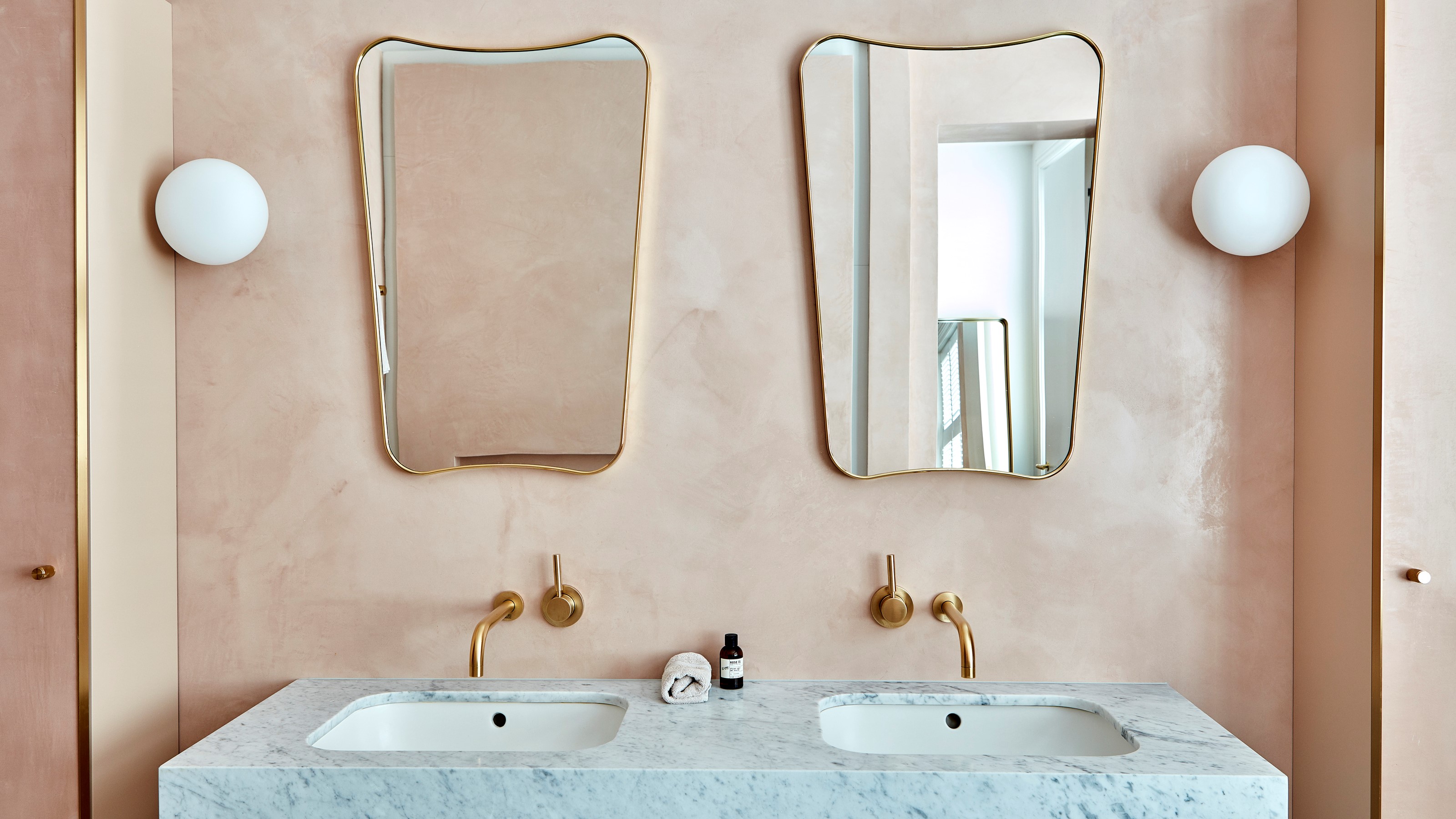 4 Bathroom Colors That Are Going Out of Style in 2025 — Don't Say We Didn't Warn You
4 Bathroom Colors That Are Going Out of Style in 2025 — Don't Say We Didn't Warn YouIf you're redecorating your bathroom this year, our design experts suggest you avoid these outdated colors
By Maya Glantz
-
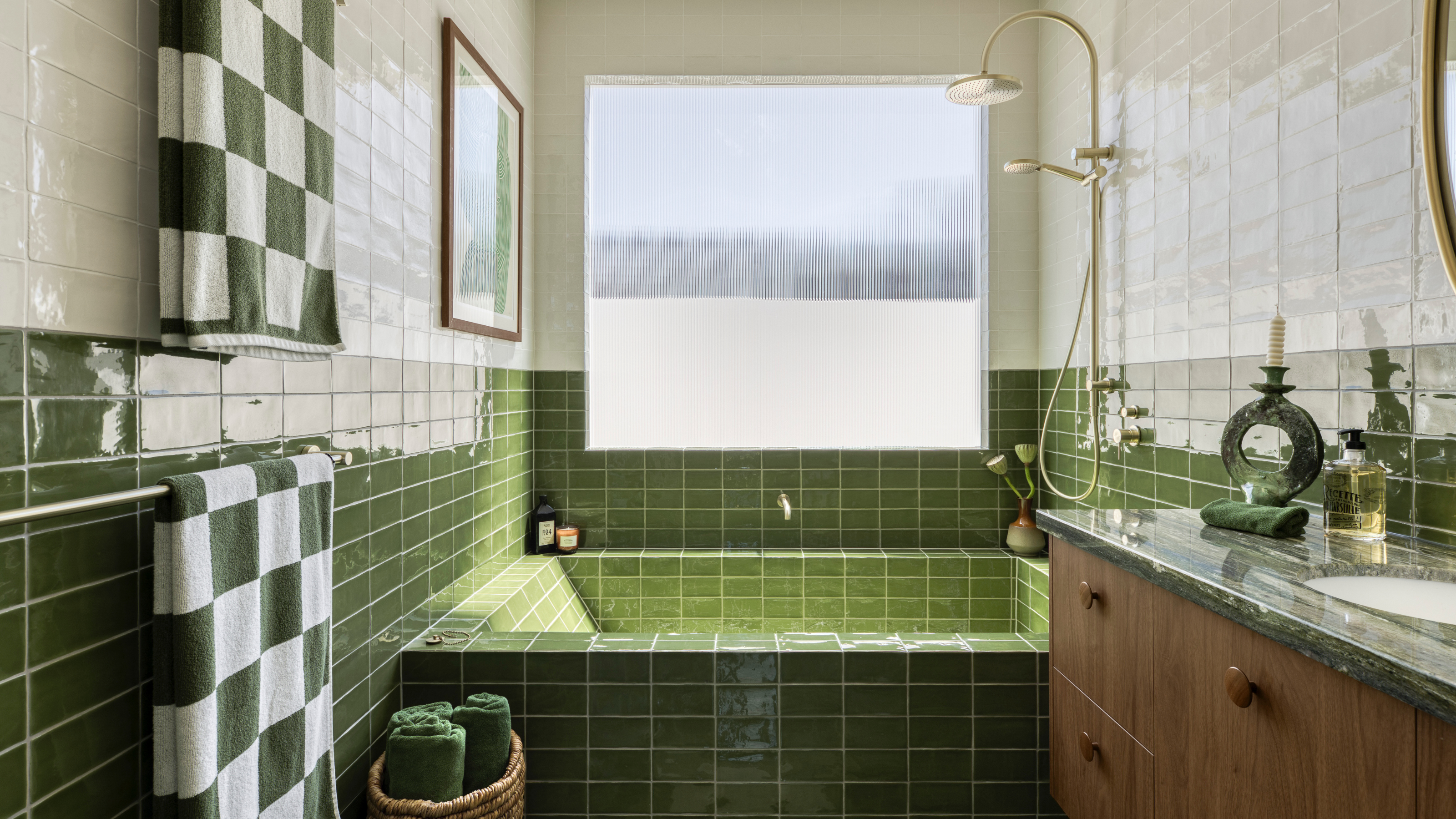 The Avocado Bathroom Is Back — But Will This 70s Revival Date So Badly This Time Around?
The Avocado Bathroom Is Back — But Will This 70s Revival Date So Badly This Time Around?On toast, in a salad, or on the walls of your bathroom - how do you take your avo?
By Maya Glantz
